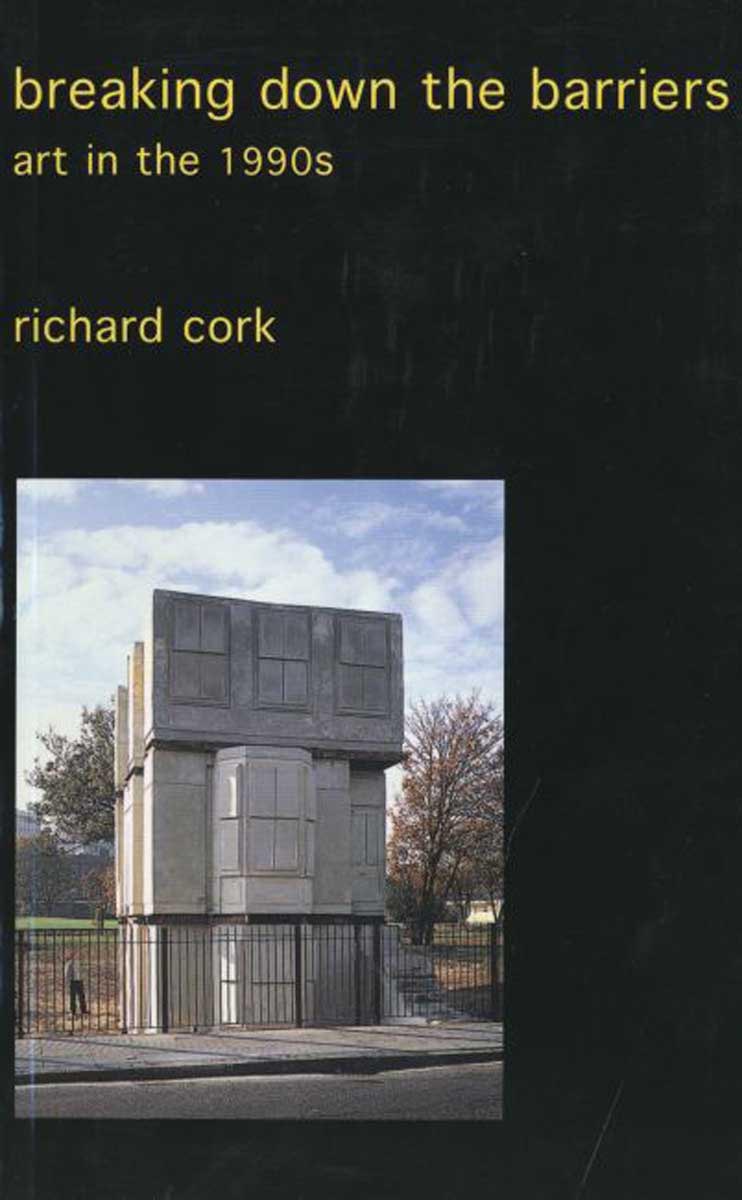PB:
£27.50
QTY:
Categories:
Breaking Down the Barriers
Art in the 1990s
The third part of a four-volume set of art criticism by Richard Cork, written over a 30-year period. It offers a chronicle of a turbulent period as well as an overview and survey of British art and its reception at this time. This particular work addresses the art of the 1990s. Against the odds, artists emerged from the economic blight of the early 1990s with a determination to achieve renewal, but there was a marked absence of optimism. The excitement centred on the energy of artists, while their work often grew dark and intensely sceptical, concerned with isolation, fragmentation, dislocation and frustration. Far from wallowing in morbidity, however, the new generation was resilient. This sense of defiance contributed to the surprisingly wide appeal of their work, and turned "enfants terribles" like Damien Hirst or Tracey Emin into celebrities. A strong sense of momentum was established, building in particular on possibilities opened up in the 1970s. By the time the controversial "Sensation" went on an international tour in the late 1990s, turnstile figures far outstripped expectations. Richard Cork was continually challenged and invigorated by this continuing spirit of audacity. Territorial limits were pushed out, shibboleths flouted and definitions of art widened. London became an exciting place to work, but there were plenty of other continental centres where contemporary art could thrive. Young artists from the USA and Europe held outstanding solo shows in London, while potent work came also from Canada, Mexico and Chicano Arts on the US border. Young black artists born in England also made powerful contributions. Moreover, increasing attention was paid to developments in Africa, China and Japan, ensuring that notions of contemporary art were not bounded by familiar Western limits. As a co-selector of the 1995 British Art Show, which attracted record-breaking numbers of visitors, Cork became actively involved with the new generation. His intense engagement with their often provocative work can be felt throughout this text.
About the author
Richard Cork is an award-winning art critic, historian, broadcaster, and curator, as well as an honorary fellow of the Royal Academy, London.


